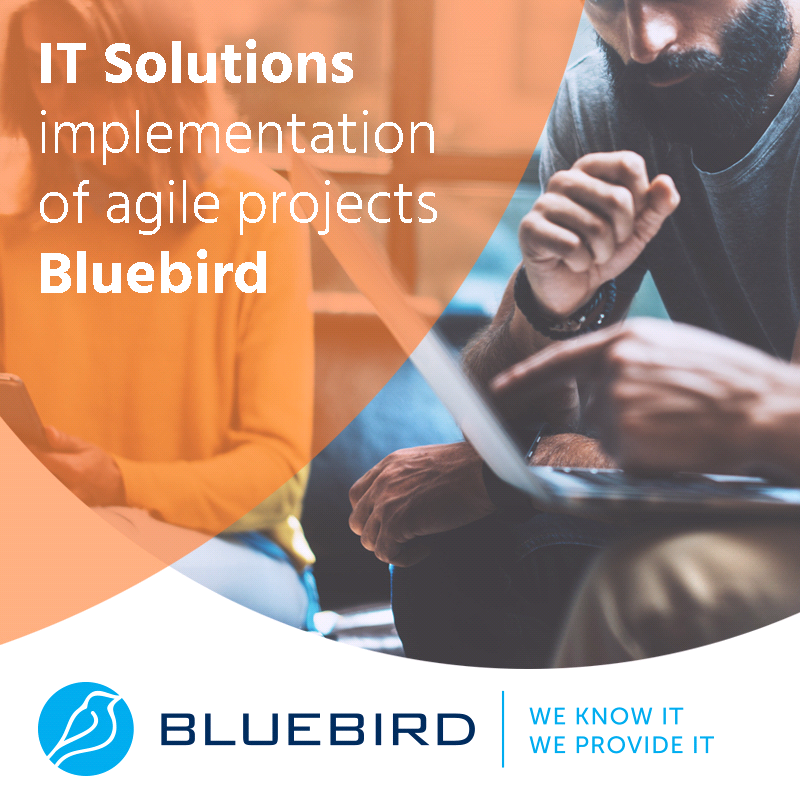What does agile mean? What is the essence of agile methodology? Learn more from this post!
More...
Background
In software development and management, the past 20 years were clearly about agile methodologies gaining ground. By now, these have largely taken the place of the Waterfall type sequential models that had been predominant in previous decades. While both approaches have their advantages, agile is more adapted to the business and technological environment we're living (and working) in now—that is, characterized by constant and quick changes.
An agile methodology is most successful when tasks need to be accomplished or end products have to be delivered in an environment with frequent changes and high uncertainty. These types of challenges can be effectively handled with creativity, frequent deliveries and regular feedback from the customer.

Meaning of Agile
An agile organization (either a project organization, a department within a company, or the company itself) is able to accomplish its tasks flexibly, actively, and dynamically while also taking into account all needs.
Let’s see what the agile approach is all about, step by step!
Agile Principles
In 2001, a group of software development experts came together to discuss and define a set of values and principles for more efficient and effective software development. This group included software developers, project managers, and consultants who had experience in various software development methodologies.
The Agile Manifesto is intended to provide a more responsive and adaptive approach to software development that better meets the needs of customers and stakeholders, and enables faster delivery of working software with higher quality.
These principles stand in contrast to the one round, well-documented implementing habits that were previously standard in the world of software engineering.
The Agile Manifesto describes four main values:
These values are supported by twelve principles that emphasize continuous improvement, frequent delivery, and self-organizing teams.
Agile Manifesto
This is the original copy of the Manifesto:
"We follow these principles:
Our highest priority is to satisfy the customer through early and continuous delivery of valuable software.
Welcome changing requirements, even late in development. Agile processes harness change for the customer's competitive advantage.
Deliver working software frequently, from a couple of weeks to a couple of months, with a preference to the shorter timescale.
Business people and developers must work together daily throughout the project.
Build projects around motivated individuals. Give them the environment and support they need, and trust them to get the job done.
The most efficient and effective method of conveying information to and within a development team is face-to-face conversation.
Working software is the primary measure of progress.
Agile processes promote sustainable development. The sponsors, developers, and users should be able to maintain a constant pace indefinitely.
Continuous attention to technical excellence and good design enhances agility.
Simplicity–the art of maximizing the amount of work not done–is essential.
The best architectures, requirements, and designs emerge from self-organizing teams.
At regular intervals, the team reflects on how to become more effective, then tunes and adjusts its behavior accordingly."
Advantages of Agile Software Development
Benefits for the client
From the perspective of the client: what’s most important is that new developments are completed quickly, without errors, and in high quality. The agile methodology strongly supports short development cycles, rapid delivery stages, and focuses on delivering valuable work.
In agile development, developers want to deliver value and do not aim to create every feature at once. They concentrate on the tasks that provide the most added value in the given development cycle. This way, the client receives a more valuable product at the end of the process.
One of the biggest flaws of the waterfall methodology is that the client has to wait until each and every function is completed, even if its priority is extremely low. Waiting, waiting, waiting... This is what the agile approach has resolved.
Benefits for the software development team
In agile software development, team members know that their task is to create value; this is their guiding principle. They plan and create the software product (as well as its next element, version, or function) motivated and feeling that their work is truly valuable. They have the freedom to make decisions (within methodological limits) that can lead them to pay greater attention to details. "The eye of the master fattens the horse", they say. And indeed: the software development team becomes the true owner of the product during agile software development.
Perceivable benefits for leaders
The agile approach can provide leaders with a much more accurate picture of the progress of software development than approaches based on the waterfall methodology do. More client interaction, short sprints, regular demos and retrospectives.
When handing over software created with the waterfall method, there’s room for surprise. It may turn out that the client had different expectations for the product during the planning phase. In theory, the waterfall methodology prevents this from happening, as the client has the opportunity and even the responsibility to approve the product after each phase.
However, clients don’t truly know the software and its features until they start using it. When they do that, one modification request arises after another, and this is what the agile approach eliminates. In the case of an agile approach, the client starts interacting with the product a lot sooner, right when the MVP (minimum viable product) is born.
The most important agile methodologies
The most commonly used agile methodologies include the following:
Scrum: The Scrum methodology uses short cycles (sprints) in which teams work in smaller, typically 2-4 week long iterations. The fundamental actors of Scrum include the development team, the Product Owner, and the Scrum Master.
Lean: Lean is a methodology that focuses on efficiency and transparency. According to Lean, all activities that do not contribute to the value of the product should be reconsidered and removed if possible.
Kanban: Kanban is a Japanese word that means "signal”. Kanban is a relatively simple methodology that uses boards that illustrate workflow to track the work of teams.
Extreme Programming (XP): Extreme Programming (XP) is a methodology that focuses on short cycles and continuous integration. In XP, testing and coding happen simultaneously, and teams work directly with customers.
We hope you found this guide on agile methodology useful. If your company is looking for IT professionals and you are interested in IT recruitment or IT staff augmentation, please contact us and we will be happy to help you find the right person for the job.
To be the first to know about our latest blog posts, follow us on LinkedIn and Facebook!



